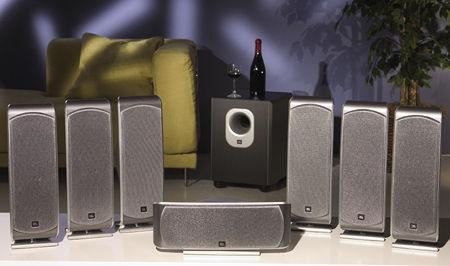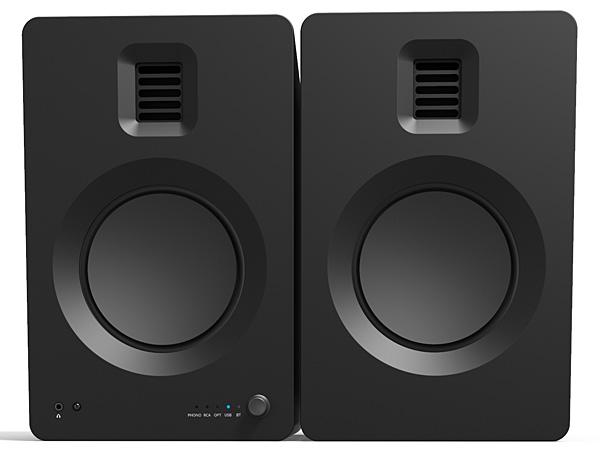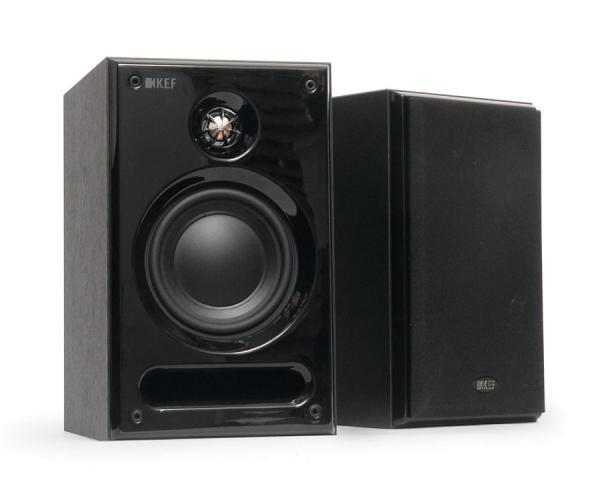Bookshelf Speaker Reviews
Sort By: Post DateTitle Publish Date
|
Mar 05, 2003 |
First Published: Mar 06, 2003
|
May 03, 2023
|
Jul 23, 2007
|
Jan 09, 2025
|
Dec 14, 2004 |
First Published: Dec 15, 2004
|
Nov 14, 2014
|
Feb 03, 2025 |
First Published: Jan 27, 2025
|
Sep 25, 2019
|
Dec 22, 2017

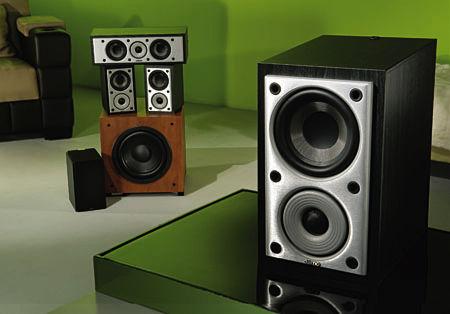
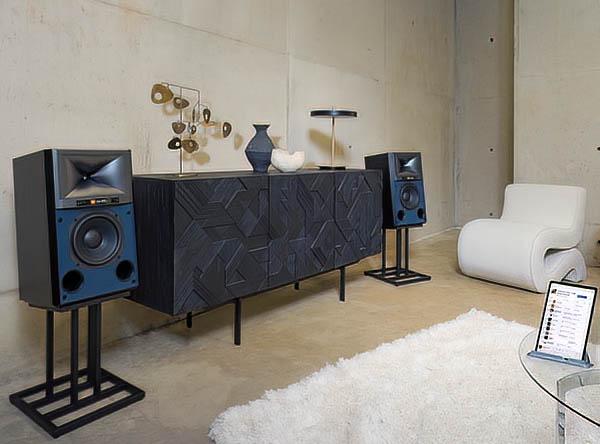

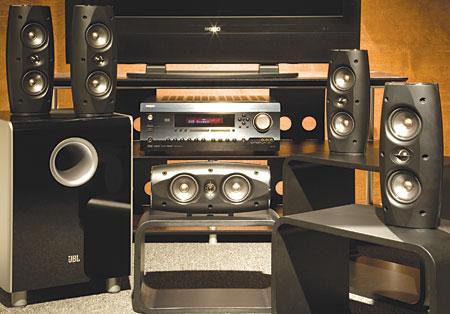
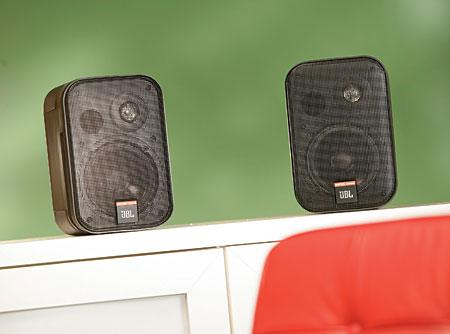
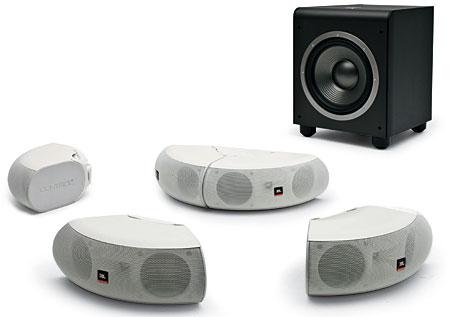
 Price: $2,144 At A Glance: Doughnut-shaped speakers fit just about anywhere • Withstands tough environments • Wireless sub makes your life one cable less complicated
Price: $2,144 At A Glance: Doughnut-shaped speakers fit just about anywhere • Withstands tough environments • Wireless sub makes your life one cable less complicated




